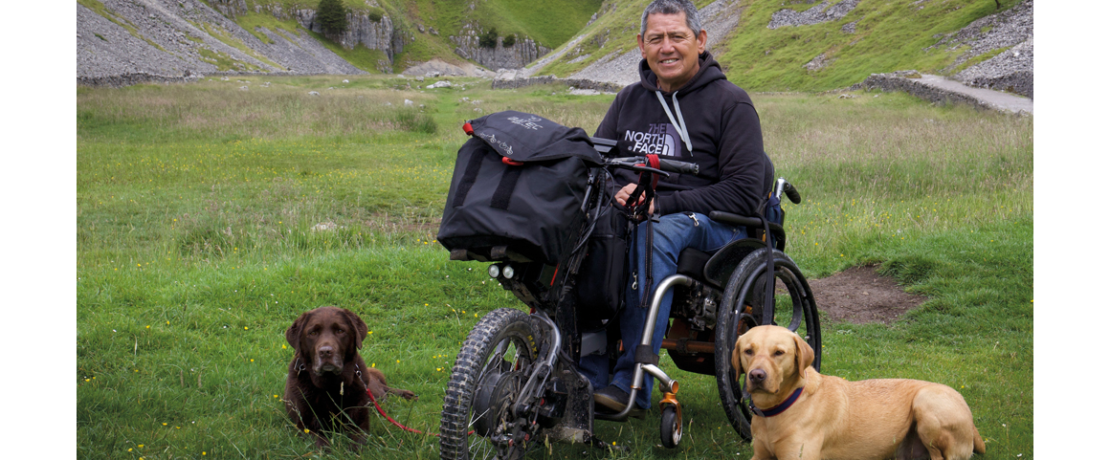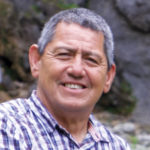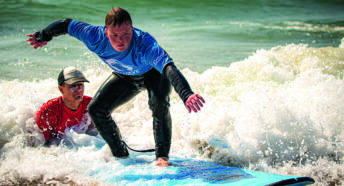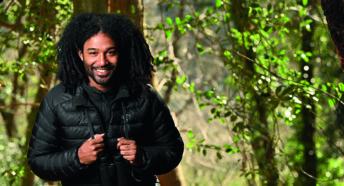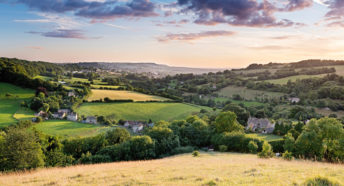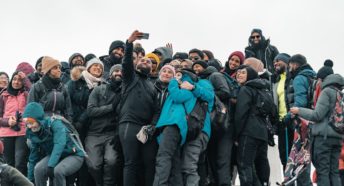Access all areas: making the countryside more inclusive
Peter Lau has always loved the outdoors, and a life-changing biking accident wasn’t about to alter that. Here, he explains why he’s on a mission to make the countryside more inclusive for everyone.
Before 5 April 2014, life was very different. My wife and I both worked in the emergency sector; Deb is a senior nurse in A&E, and I was an officer in the fire service. In our free time, we immersed ourselves in the outdoors to reboot and escape from our hectic, often pressured professional lives. In the peace and calmness of the natural world, we could debrief together and reflect on everything we were exposed to each week as frontline emergency service providers. The countryside was always a place to explore, ramble, climb, run and adventure. The only restrictions on our movements and spontaneity were our available free time, or the weather.
Suddenly and without warning, all of this changed. On that April day, I suffered horrendous injuries in a serious mountain bike crash, paralysing me from the chest level down. After a long while in recovery, I commenced the slow journey back to being ‘the old me’, and getting the wonderful outdoors back into my life.
Little did I realise how hard this would be, though, once I became dependent on a wheelchair. The countryside now seemed full of obstacles. Stiles, gates, steps, bridges, narrow gaps and the steepness or camber of terrain can all block the progress of those who rely on wheels. Researching a route with the help of an Ordnance Survey map used to be a fun and easy process; but maps and apps do not give you the detail you need to plan a successful outing if you’re differently able. Often, the only way I can tell if I can complete a route is by experiencing it for myself.
Wildlife and wellbeing
It’s worth all the effort, however, because having access to the countryside is so important to my mental health. This was a real issue, especially during the period after my accident, when I was trying to accept the changes in my own and my family’s life. The fitness activities I used to achieve outdoors may no longer be possible, but the benefits to my mental wellbeing have only increased.
Reconnecting with the outdoors also led me to take up landscape and wildlife photography. When you manage to produce a photograph of a location or subject that truly captures its mood or character, it’s incredibly rewarding. I find that being outdoors even lessens my need for pain-relieving medication, because I’m totally engrossed in working on getting that perfect picture of a bittern, or similar subject. This allows me to mentally escape, which has become my most effective pain relief.
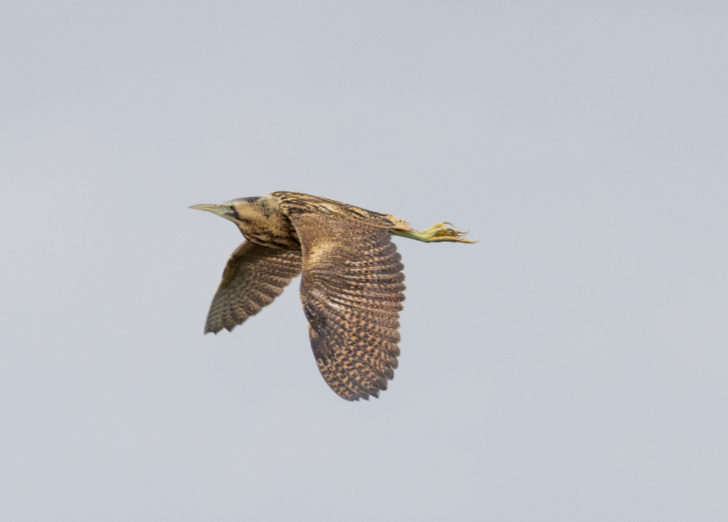
While rediscovering the countryside as a wheelchair user, it struck me that it would be a wasted opportunity if I didn’t record and share my findings with other people who use mobility equipment. I learnt website-building skills (not bad for someone who’s had to relearn how to talk and move their fingers!), and set up a blog called accessiblenatureuk.com, to help others decide if any of the routes I’ve covered might be suitable for them. Every individual knows best what they, and their equipment, are capable of.
A countryside for all
Disabled people are increasingly choosing to visit the countryside in their leisure time, and I know of many people like me who travel and explore on their own, independently of others. This is partly due to a general rise in disabled people’s growing expectations of being able to participate in the same activities as, and with, everyone else.
A countryside for all does not mean that every country park, nature reserve or pathway must be capable of accommodating all disabled people at all times. This would be unrealistic economically, and probably undesirable environmentally. I’ve had the pleasure of climbing many of the UK’s highest peaks, and while I’d love to return to the summit of Ben Nevis, I don’t expect a fully accessible path with an easy 1-in-12 gradient to be installed. This would not only be hugely expensive, but detract from the beauty and wildness of it all.
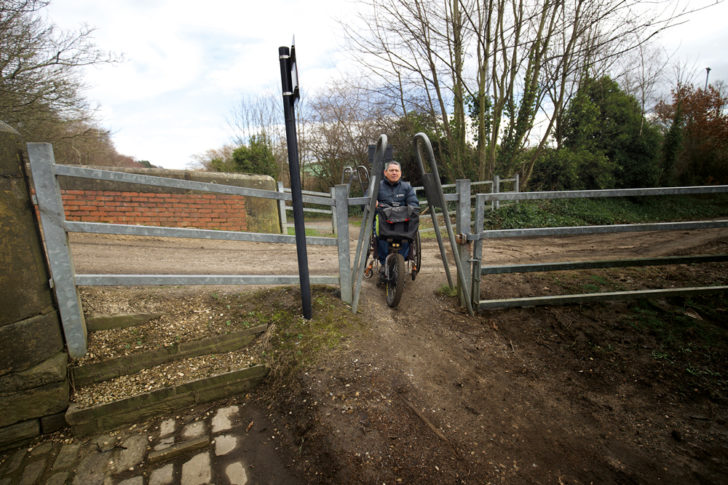
In simple terms, a countryside for all means that where good access can be provided, it is; and where it can’t, everything possible is done to avoid restricting people unnecessarily. Everyone working to provide public access to the countryside has a responsibility to do so without discriminating against disabled people, and some great work has been done on this front.
Many RSPB reserves, for example, aim to be as inclusive as possible; one of my favourites is Bempton Cliffs on the east coast of Yorkshire, which attracts thousands of breeding seabirds, including gannets, puffins, razorbills, guillemots and recently a black-browed albatross. The path along the top of the cliff has been made fully accessible, with level paths and viewing points. Forestry England also has a number of inclusive sites; my nearest is Dalby Forest in the North York Moors, which has miles of accessible paths to explore with my family and friends (who use bicycles to keep up with my motorised wheelchair).
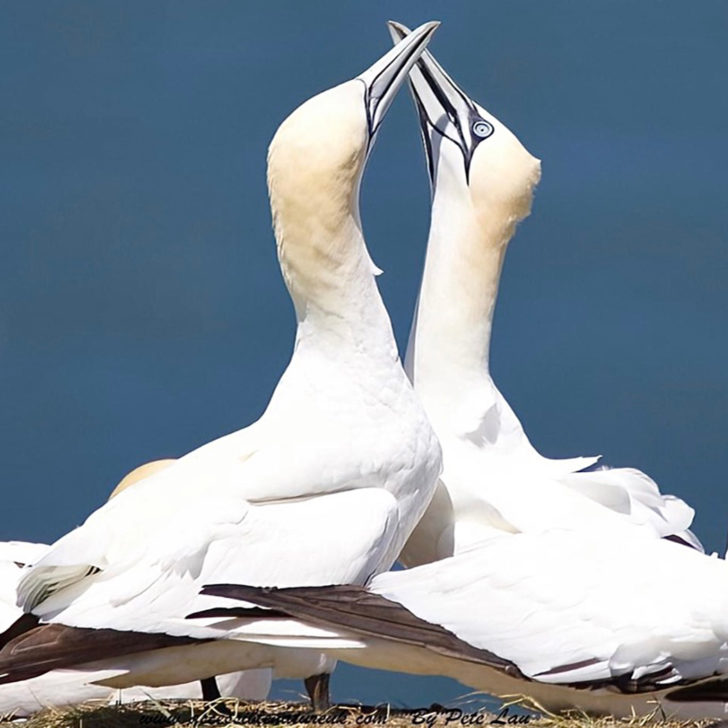
Often, however, much more could be done to improve the accessibility of the countryside, with a little consideration. In my experience, many public bodies and NGOs are not familiar with the access needs of people who use mobility equipment, or the capabilities of the equipment that is now readily available. I’d urge all countryside organisations, landowners and land managers to talk to their visitors, stakeholders and local community groups about how improvements might be made to create a more inclusive environment. There are a great many situations where access for all could, and should, be provided, with a little bit of research – to the benefit of all concerned.
About the author
Peter Lau works in the conservation sector and blogs at accessiblenatureuk.com. He lives with his wife and dogs in West Yorkshire.
